Artificial grass topiary: varieties, recommendations for creating
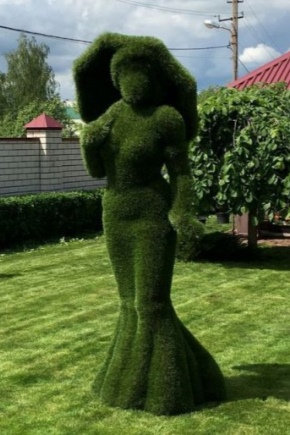
In landscape design, such a direction of art as the creation of topiary is very popular. This definition covers sculptures and geometric shapes made of garden greenery or artificial grass. Topiary composition invariably makes the personal plot original, unusual and inimitable.
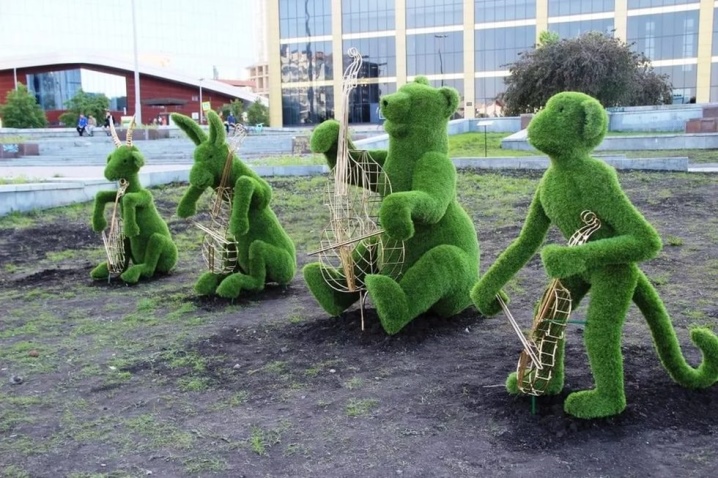
History
The first mention of topiary dates back to the Roman Empire. The conquests of this state led to the emergence of a large number of slaves from various countries, among them there were many skilled gardeners - they quickly adapted to the new conditions of existence and, in order to please their masters, began to cut the bushes of boxwood and give them the most bizarre shapes. Over time, the technique of creating garden figures was perfected, the masters competed with each other in skill, so very soon a description of a new type of art got into the historical chronicles. It was then that it was introduced and the term "topiary" - translated from Latin it means "topiary" or topiarius, this is how slaves were called in ancient Rome who had the skills of decorative pruning of tree crowns... In those days, real masterpieces were created - labyrinths, bizarre patterns, sculptures and complex geometric shapes. However, the fascination with artificial gardens passed very quickly.
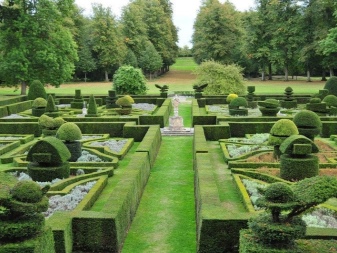
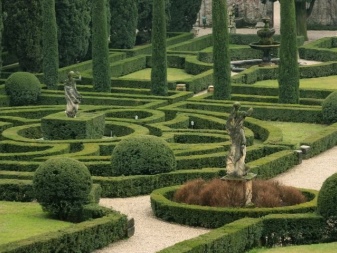
A new heyday of the art of creating topiary came only in the 16th century. In that era, the creation of plant compositions formed the basis for the design of French parks. The fashion for floristry came to Russia only in the 18th century, but did not take root, interest in the art of making garden sculptures in our country has appeared quite recently. The use of new technologies and materials has significantly expanded the possibilities of decor, garden topiary these days are most often made using artificial grass. They bear little resemblance to those created by the ancient Roman masters, but they also have their own charm and charm.
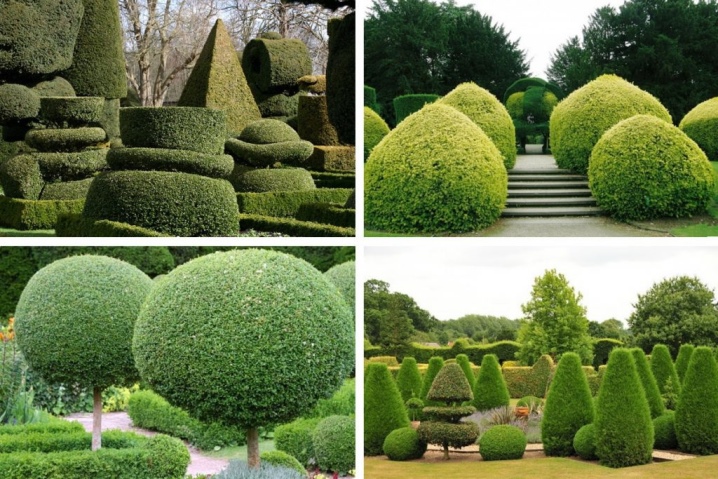
Peculiarities
Topiary made from artificial grass differs in many respects from those for the decoration of which live vines and flowers act. Grass topiary is a three-dimensional figure, its base is a metal frame made of wire, and the decorative layer is made of artificial turf. With the help of topiary, they decorate not only personal plots, but also interior rooms. Sculptures are very popular in the design of cottages, townhouses and mansions; they are often used to decorate city parks and squares., they are installed on boulevards as an independent landscape object. A grass figurine can often be found in large shopping malls or cafeterias.

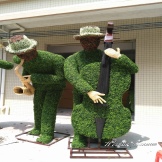
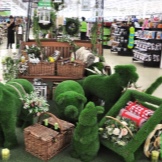
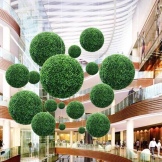
The main advantage of artificial grass sculptures is color retention - the topiary remains green at any time of the year, regardless of the weather. Such a sculpture does not require watering and regular pruning, it does not fade under the rays of the scorching sun and retains its decorative appearance during rain and snow.
Artificial turf is not subject to rotting, fungi and mold do not grow in it, which allows topiary to remain stylish and colorful all year round.


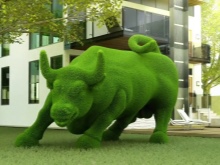
Diversity
Depending on the design idea, artificial turf topiary can have a spherical or cylindrical shape. The latter option is very popular with owners of large plots - several pyramids installed in the garden make it look like the valley of the Egyptian pyramids... Complex models include tiered geometric shapes, as well as spiral, volumetric and combined sculptures.
If the master has sufficient experience, he can even depict a human figure or an animal in full growth.

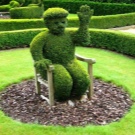
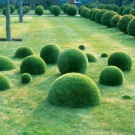
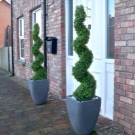


Manufacturing technology
A few decades ago, garden compositions were created from shrubs and trees using their decorative pruning. Artificial turf compositions are in great demand these days. If you have some work skills, you can make them with your own hands.
- To begin with, you should think over and develop a project for the future sculpture, then depict its silhouette in profile and full face in natural size. On the diagram, it is imperative to outline the main contour.
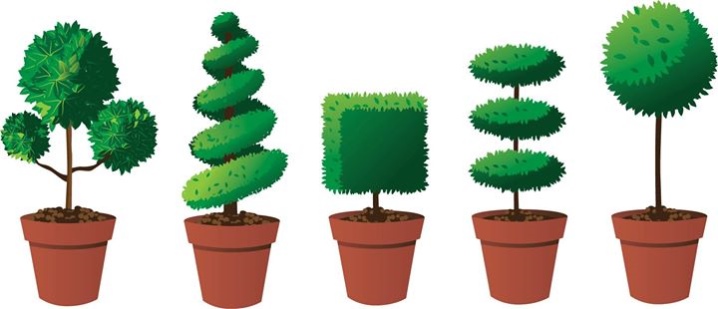
- After the diagram is ready, you can start creating the wireframe. For this, the wire is applied to the circuit and bent along the contour, the missing elements are welded, after which the finished contour is fixed on the stand by welding. With the help of rings of different diameters, the silhouette is given the desired volume, at all intersections with the contour the rings are welded. Next, you should fix the transverse stiffeners from the same metal wire - it bends well immediately after welding, while it is still hot. The total number of details of the composition frame directly depends on the size of the figure.
The cells should be such that the mesh can cope with a load of up to 150 kg, but you should not get carried away either, otherwise the figure will turn out to be too massive.
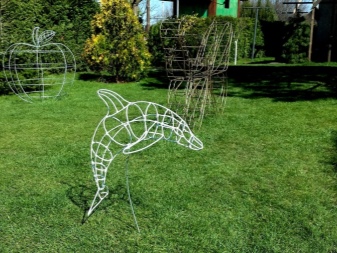
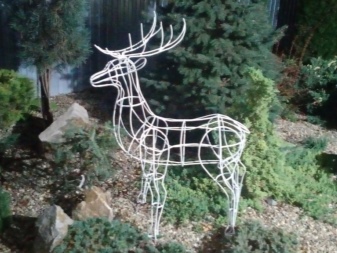
- After the skeleton is ready, you can start creating the support surface. To do this, the frame is covered with a metal mesh, its "pieces" are attached to one another, in the course of work connecting to each other. If you are creating a sculpture of an animal, it is advisable to start with the muzzle and back. Each piece of mesh is fixed to the frame with small pieces of wire in several sections - necessarily along the contour and where it departs from the skeleton. To make the fixation more reliable, it is advisable to leave small perpendicular antennae when cutting the mesh, so it will be easier for you to attach individual pieces of the mesh to each other. At the end of the work, all protruding fragments of the wire must be bent down, otherwise the sculpture may turn out to be traumatic and ugly.
If possible, leave a small "window" on the side - this way you can stick your hand inside and keep the topiary under control until the end of the work.
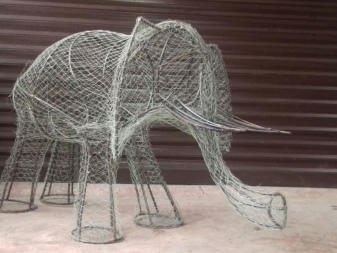
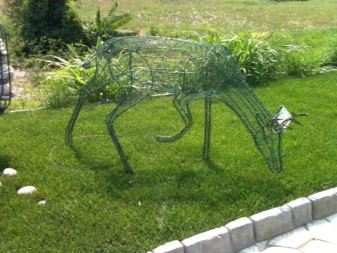
- At the finishing stage, it is necessary to provide the figure with a "skin". In this case, the principle of operation is similar: individual pieces of artificial turf should be attached one after another, carefully making sure that the direction of the villi completely coincides. Each piece of the coating is fixed with a wire in several sections so that if necessary you can move the "fur" to the side. Each subsequent flap is sewn to the previous one with a thick needle with nylon thread or fishing line, the undercoat above the stitches should be fluffed up, which makes the seams invisible. Artificial grass should cover the frame from all sides, including even inconspicuous areas - paw pads, supporting structures.
If you don't pay enough attention to this and leave the cover open, wasps and other stinging insects will settle in your topiary.
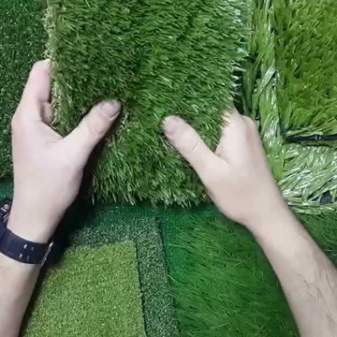
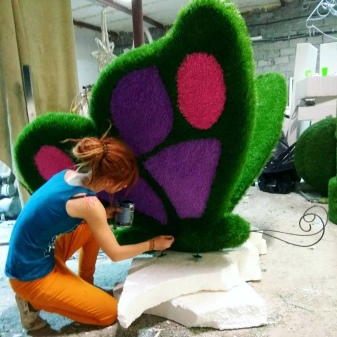
- The finished topiary is fixed in a prepared area with a large depth. Square pipes can be used to create a secure support.
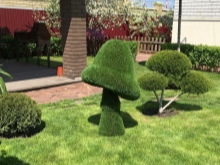
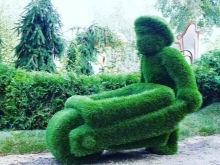
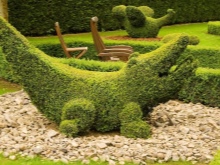
Examples of
Images of animals and insects are very popular in landscape decoration - butterflies, elephants, donkeys, bears, as well as dogs, deer and even dinosaurs.
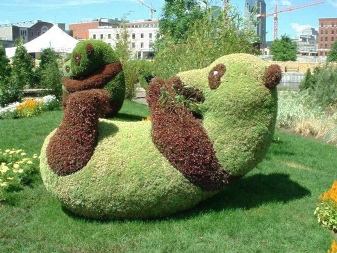
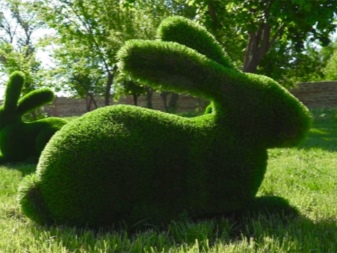
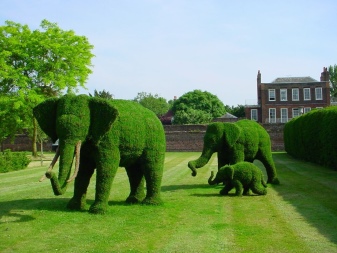
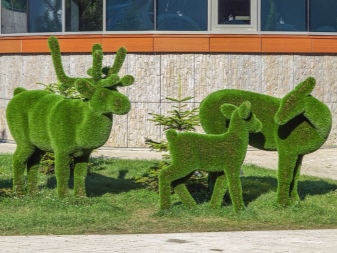
In the houses where children live, you can see characters from your favorite cartoons.
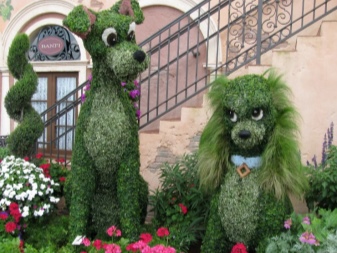

Topiary letters made of artificial grass look very stylish.
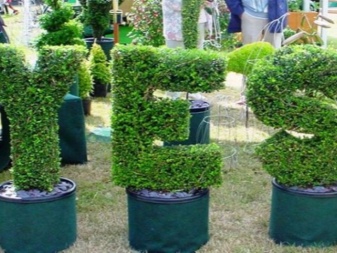
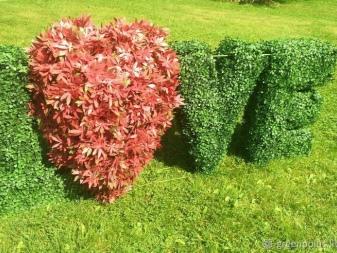
In parks, figurines of young people are often found against the background of hearts - such places always attract newlyweds or just lovers.
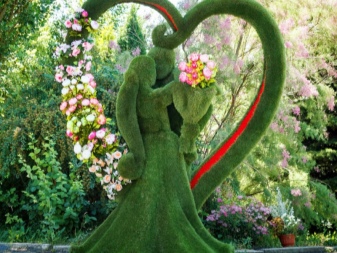
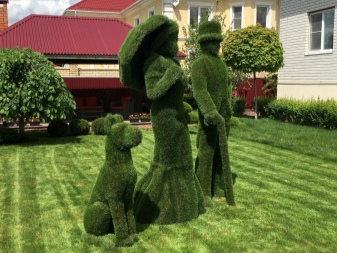
And of course, the usual geometric shapes - a ball, a pyramid, a cone - do not lose their relevance.

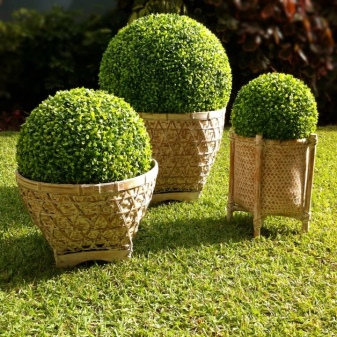
If you want to put artificial grass products on your site, you should understand that such a decoration will certainly become the center of attention. Such a composition should be given a central place in the yard.
Such figures look most harmoniously near the entrance to cottages or in the very center of lawn lawns. Topiary invariably brings a touch of surprise to your design.
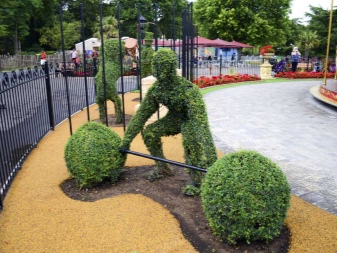
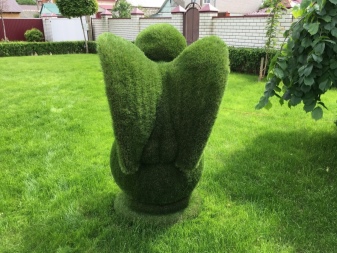
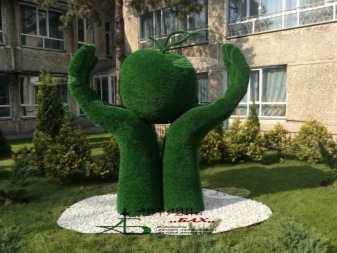

For information on how to make phytosculpture with your own hands, see the next video.



































































The comment was sent successfully.